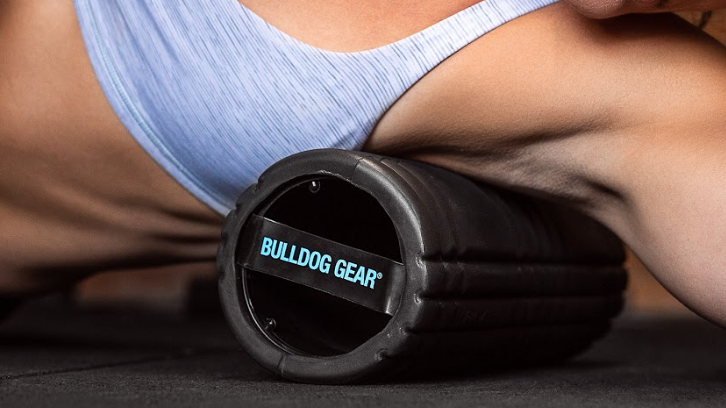|
03/05/2022 | Tim Stevenson Founder of Dynamic Shoulder Conditioning As an Accredited Strength and Conditioning Coach, Tim has a strong understanding of functional anatomy and corrective exercise and rehabilitation certifications. The commitment throughout his career to optimising the integration between physiotherapy and strength and conditioning training has meant he really grasps the link between practitioners roles. In his mind, it is all athletic preparation and rather than distinct disciplines, an interdisciplinary team of engaged and committed generalist-specialist practitioners is where real value can be found. |
There is no doubt that the Bench Press is a true Hall of Fame exercise but for many it comes at a cost.
What starts as an exploration can quickly become an obsession, and as we prone press our way towards legendary chest gains, we can inadvertently end up chewing our shoulders up at the same time.
The result? Shoulders that feel banged up, niggly, unstable and don’t fill you with a great deal of confidence- especially in overhead positions.
If this sounds familiar, in this blog I’ll give you three game changing things you can do to:
- Improve chest strength and size
- Keep your shoulders happy
- Increase the weight you can bench press

OI, WHAT’S YOUR BEEF WITH THE BENCH?!
Before we go any further know that this is education not an attack. I have no issues if people choose to bench press, what I want to do is move you away from pain and towards performance. One thing I know is that for a lot of people who have shoulder pain, their affinity for the bench press can be a causative factor.
Here are three things that may present a risk for the shoulder when it comes to the bench press:
- The scapulae (shoulder blades) are supposed to move freely around the rib cage during pressing movements. Lying on a narrow bench can restrict that.
- The bench press movement finishes with the elbows straight however from a shoulder health perspective there is some additional movement available from the scapulae. Whilst this is not a good idea when you’re pressing heavy loads, if we go through extended periods of preventing the scapulae from protracting (reaching and rounding) we see a decrease in overall movement quality in overhead patterns.
- To use a phrase from the legendary Bricktop in the film Snatch, the bench press looks like ‘curry to a piss head’. It is almost irresistible meaning you can get sucked into paying it too many visits at the expense of other exercises that would serve to create more postural balance around the shoulder. The result: dominance of the anterior shoulder musculature and subsequent deterioration of upper body movement quality.
So why is any of this significant?
Well, the margins between shoulder pain and moving pain-free can be as little as 1 – 2mm of movement within the glenohumeral joint. As such, sub-optimal movement of the scapula, limited ranges of motion and poor muscle balance around the joint can all contribute to painful, unstable shoulders that aren’t able to handle progressive overload.
HOW TO MAXIMISE YOUR SHOULDER HEALTH AND BE A BENCH PRESS HERO
The greatest asset in training you can develop is to understand how to design an intelligent programme.
Let me explain how this applies to the bench press.
- The brain will only allow the prime movers around a joint to produce as much force as that joint can stabilise.
- Therefore, increasing joint stability means you can produce more force.
- A good way to improve stability and get strong at the same time is to use gymnastics rings.
- Gymnastics rings allow the scapula to move freely around the ribcage which enhances shoulder movement quality and further improves joint stability.
- Before you tell me that bodyweight is for beginners, you’re wrong. If you are new to the rings, they will make you feel like a kitten. Once you have built some competency, put on a weighted vest or strap a band across your back and you’ll be back at the foot of the mountain ready to get even more gains.
- In addition to joint stability and progressive overload, a high performing shoulder also needs to be connected to the rest of the kinetic chain. This comes for free on the rings because rather than lying down on a bench, you must create tension to support your body and transfer/stabilise forces.
So, if we’re looking for exercise modalities that give a great return on investment in terms of chest strength, shoulder health and improvements in your primary upper body key lifts, look no further than the gymnastics rings.
To implement this you can substitute the barbell and bench for the rings for a full training block or you opt for a hybrid of both. Either way, the benefits are numerous.
Here are some exercises to get you started and I’ll package them with a guarantee-
Commit a 6-week block to regularly using the rings each week and tell me your bench press doesn’t feel better.
THE RING PUSH-UP
THE RING 'ARCHER' PUSH-UP
RING PUSH-UP FLOW
Let us know how you get on at @dynamicshoulders on Instagram.



